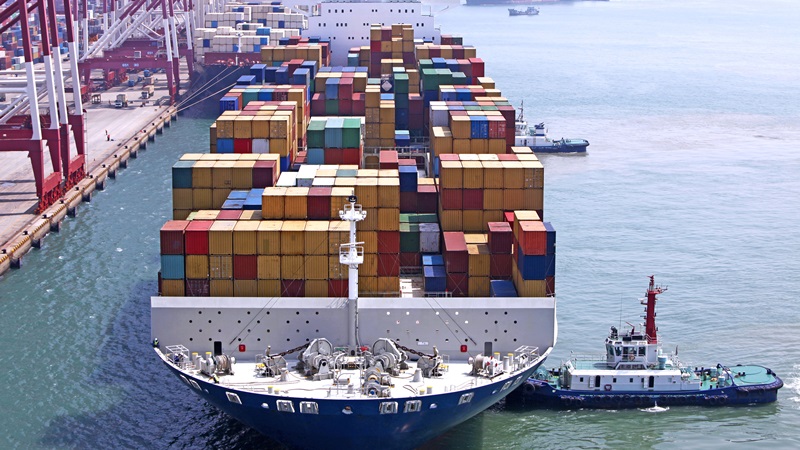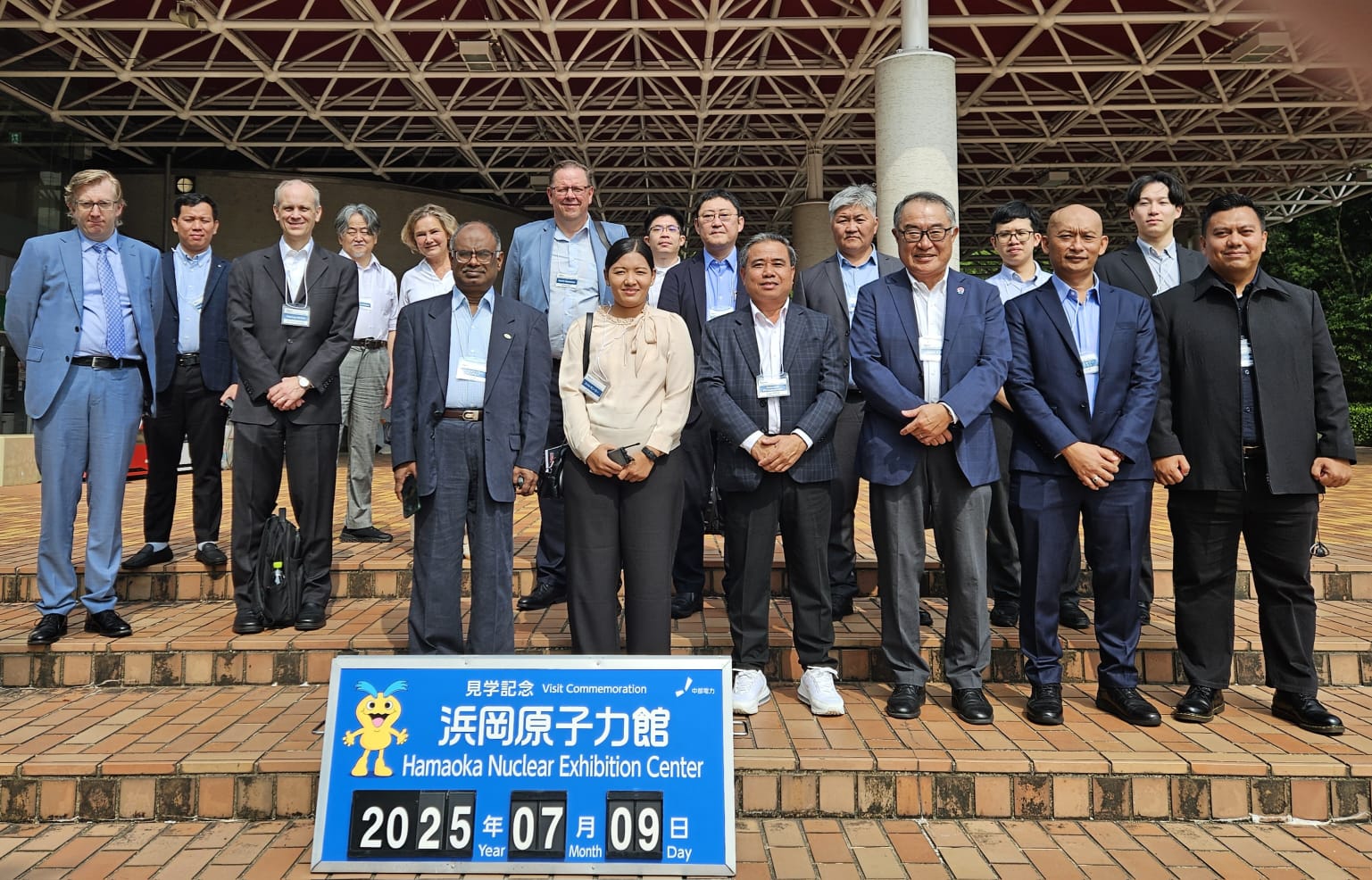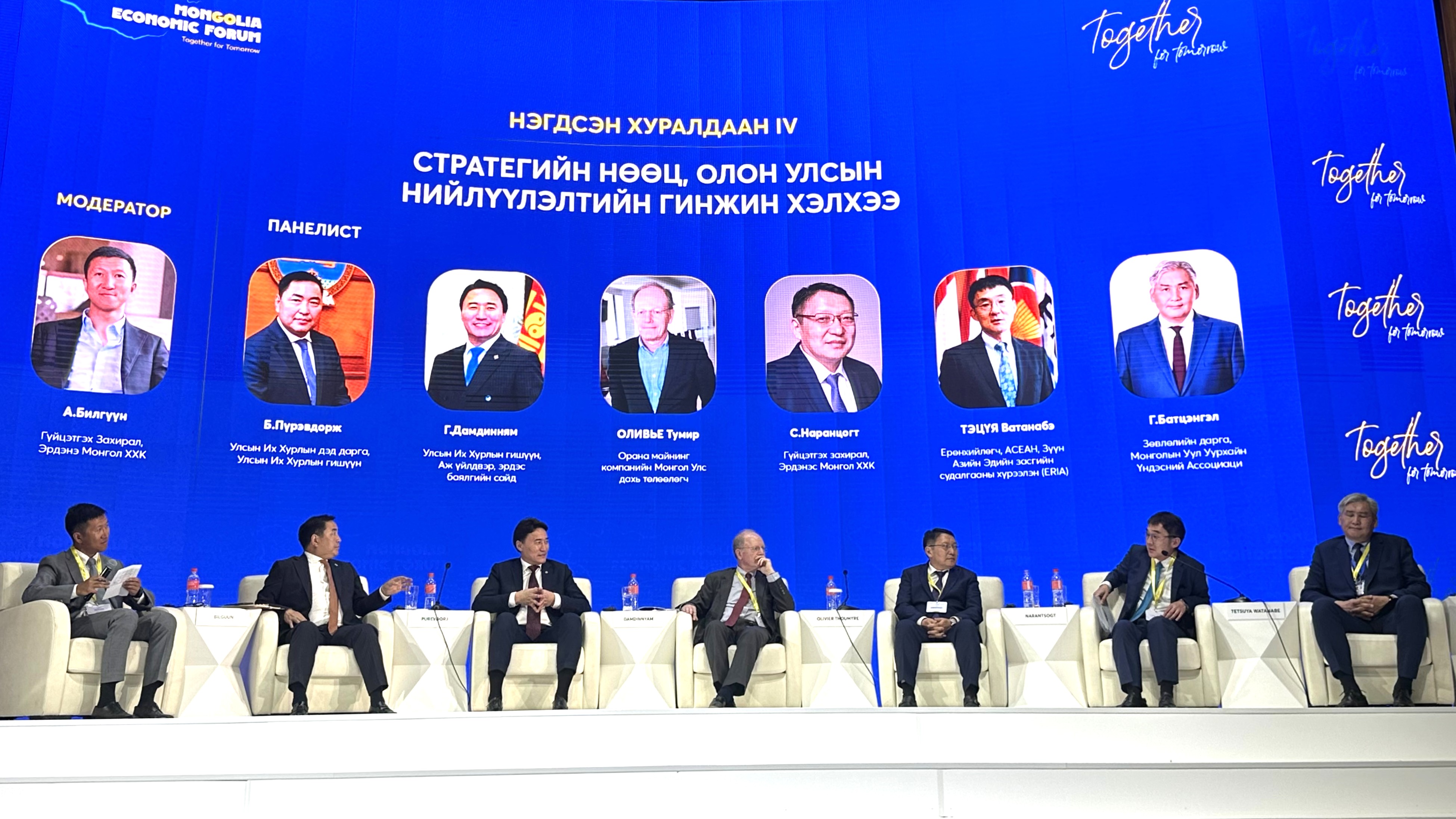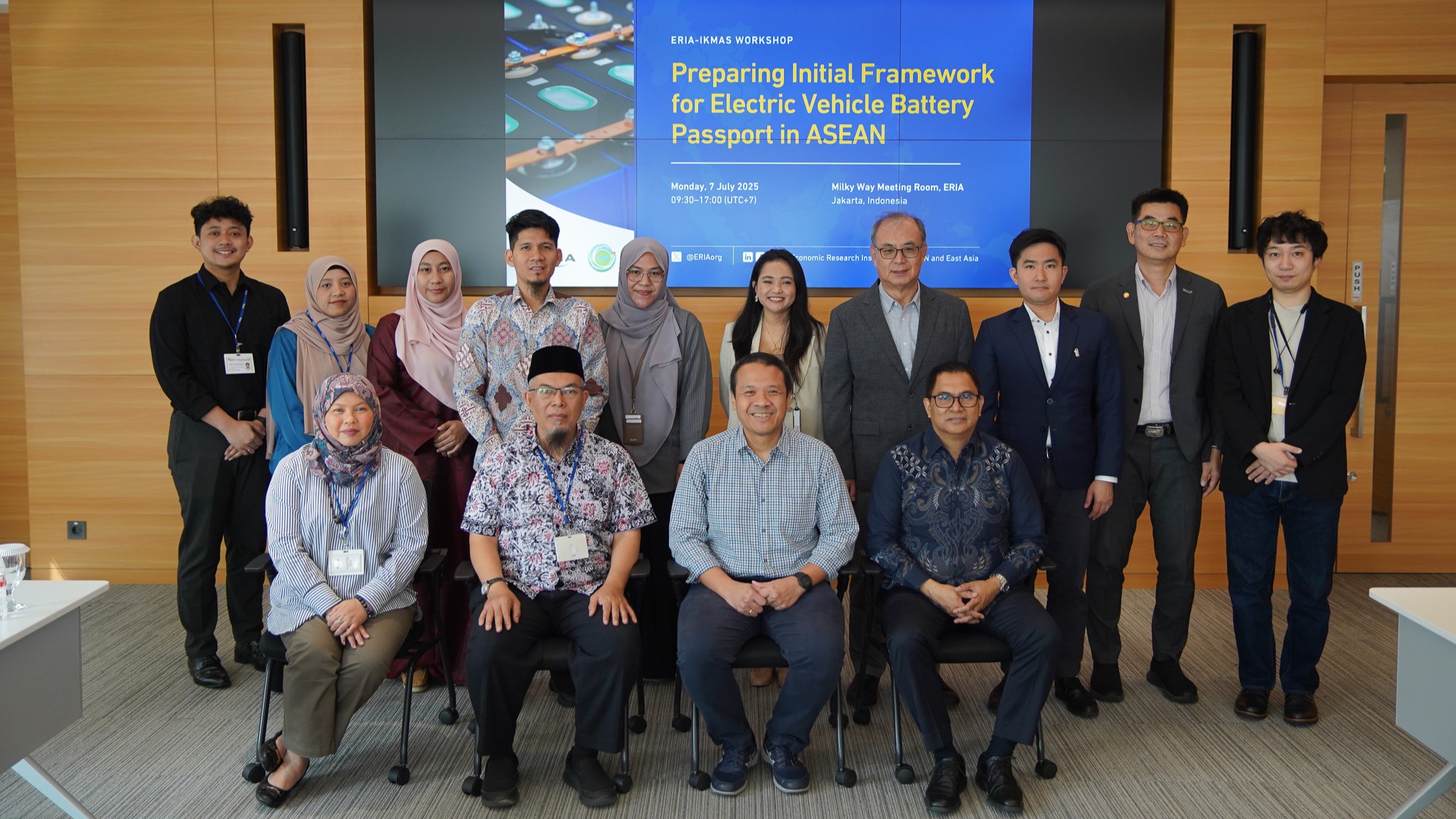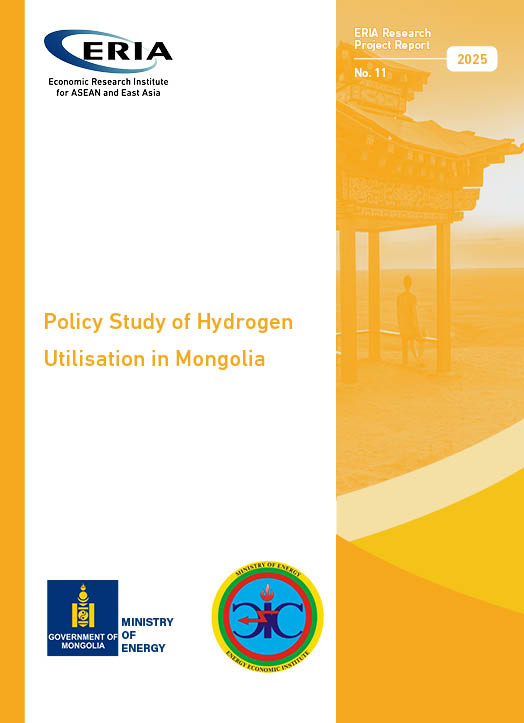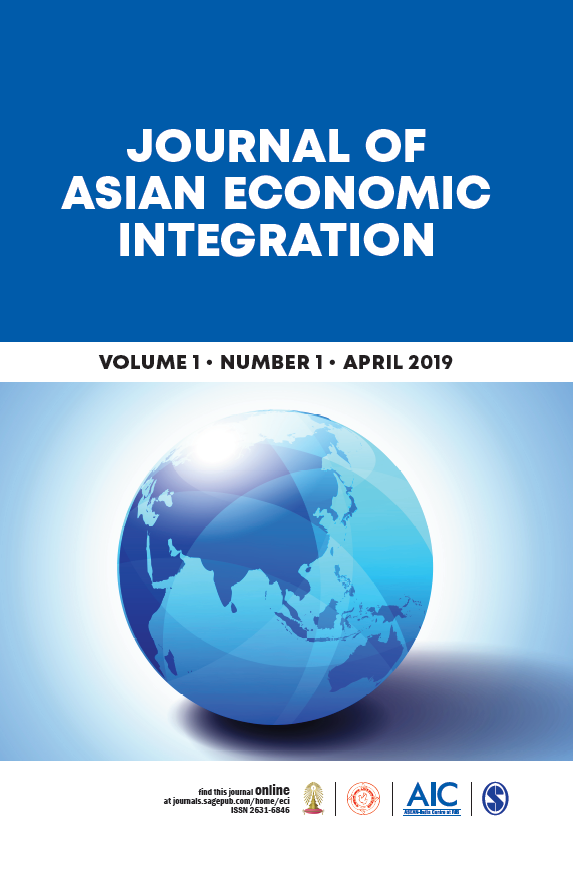Australia and Japan Should Seize the Moment on Trade
Share Article:
Print Article:
Australia and Japan should take advantage of a recent win on the Trans-Pacific Partnership to push for further trade integration in the region, Fukunari Kimura writes.
To push back self-defeating anti-globalisation sentiment, Japan and Australia should seize the moment and act together strategically in the arena of international commercial policies.
In January 2017, the Trans-Pacific Partnership (TPP) appeared beyond saving when US President Donald Trump pulled America out of the economic agreement. Now one year on, negotiations for the Comprehensive and Progressive Agreement for Trans-Pacific Partnership (CPTPP) were recently concluded in Tokyo. Also called the TPP-11, the revised trade deal is backed by 11 countries (without the US) and will be signed in March.
For Australia and Japan, the priorities are obvious. First, validate the CPTPP as soon as possible. Second, help conclude the negotiations over the Regional Comprehensive Economic Partnership (RCEP) in a timely manner. Third, work towards expanding the membership of CPTPP, including the eventual re-entry of the US, and upgrade the overall business environment in East Asia and the Asia-Pacific.
On liberalisation, the CPTPP achieves thorough tariff removals at the level of 99-100 per cent in terms of the tariff lines, except Japan that will reach only 95 per cent. The liberalisation format also takes a ‘negative-list’ approach for services and investment – one that applies to everything, with only explicitly listed exceptions – and includes various forms of trade facilitation.
As far as international rule-making goes, the CPTPP’s chapters on state-owned enterprises (SOEs) and e-commerce are particularly path-breaking and will become a prototype of new international rules. These will pave the way for the wider and deeper application of the mechanics of international production networks and the introduction of the digital economy in the region.
Negotiations for the RCEP – a free trade agreement that would encompass the ten countries of the Association of Southeast Asian Nations (ASEAN), as well as China, India, Australia, Japan, South Korea and New Zealand – have taken more time than initially expected. The delay is due to differences in the level of ambition among negotiating countries. However, once the CPTPP is about to be validated, the situation must be changed drastically.
It is important for Japan and Australia to work jointly to conclude this round’s RCEP negotiation soon in order to keep ‘ASEAN centrality’ alive. The conclusion of the RCEP will make both countries more comfortable in expanding the membership of the CPTPP.
Once the CPTPP is in effect, it would be nice to have a series of formal or informal seminars jointly in prospective countries to promote the value of the agreement. It may be better to have additional countries as members after the US comes back. To prepare for this, the 11 member countries did their best to set up the smallest possible number of frozen items with which they tried to narrow the scope of possible negotiation with the US. However, if the US does not come back soon, it would be fine to expand the membership – this might also further motivate an eventual US return.
Some parts of international rule-making can be developed as an individual international treaty even with countries that are not ready to accept all of the CPTPP obligations. E-commerce is one example. The digital economy has already arrived in East Asia, and countries must immediately set up international rules for e-commerce.
This is somewhat of a ‘negative-list’ approach: the principle of free-flowing data is to apply to everything except those areas explicitly listed as exceptions. This contrasts with recent policies applied by the European Union. The EU’s General Data Protection Regulation will request strict data localisation from May 2018 – more of a positive-list approach.
China and other countries are introducing data localisation regulations with different motivations. The countries of East Asia and the Asia-Pacific should set up international rules on e-commerce and other digital economy-related issues before it is too late.
It is now time for Japan and Australia to work together for a new regime of international commercial policies in East Asia and the Asia-Pacific.
This piece is based on the author’s talk at the recent event Cooperation between Japan and Australia as global partners held at the Australian National University. The event was jointly organised by the ANU Japan Institute and the Embassy of Japan in Australia.
This piece was first published at Policy Forum, Asia and the Pacific’s platform for public policy analysis and opinion. Read the original here: https://www.policyforum.net/australia-japan-seize-moment-trade/
